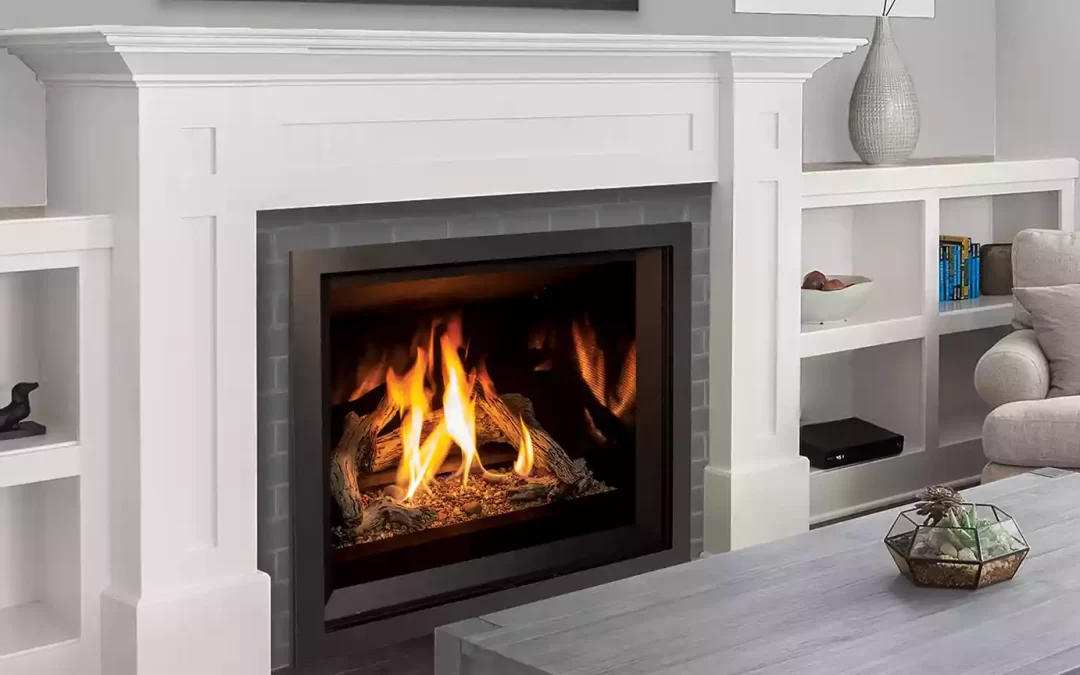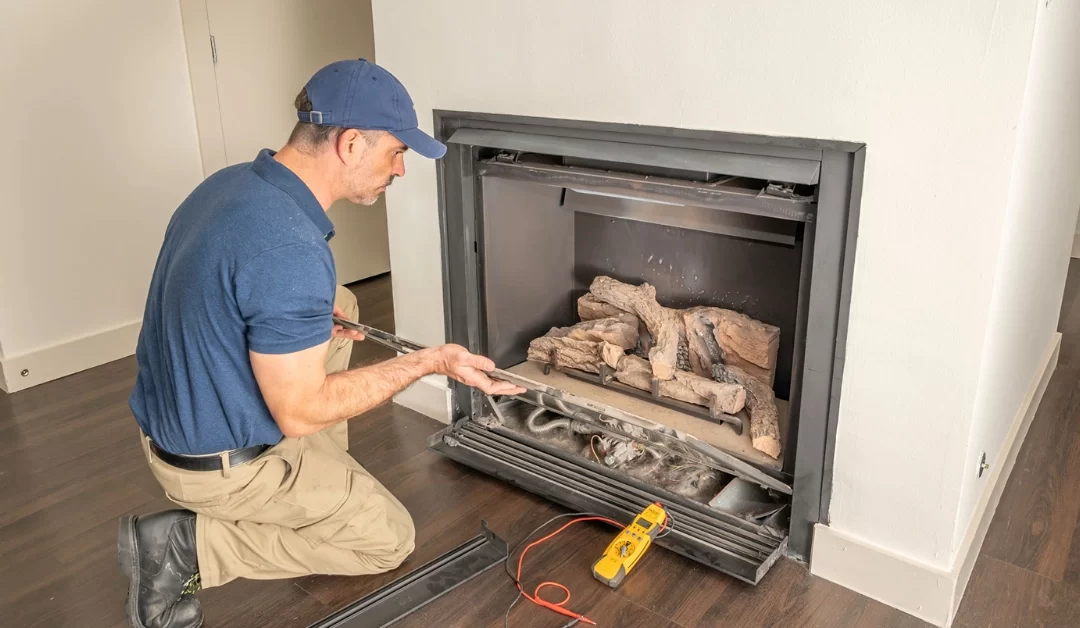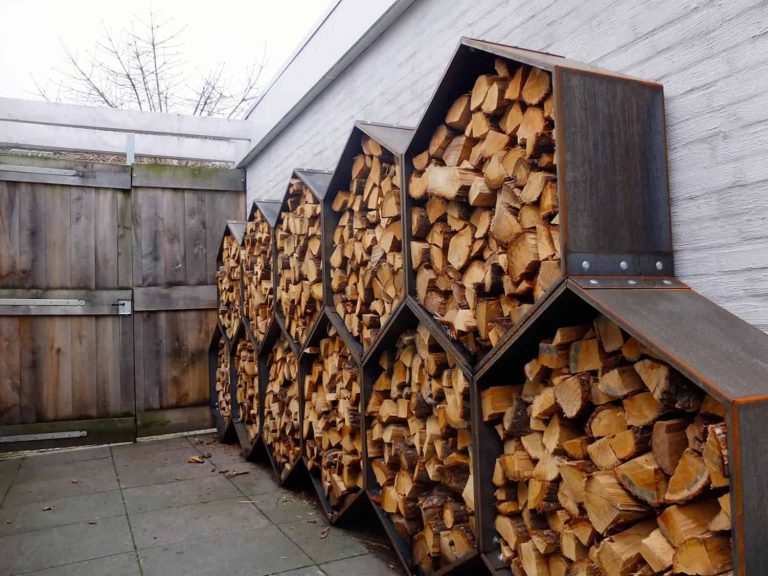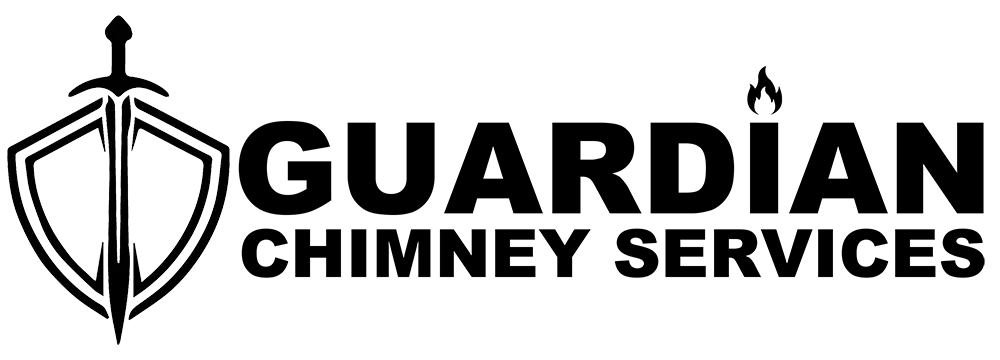
by Lisa | Aug 23, 2023 | Misc
Best Practices for Using a Wood-Burning Fireplace Using a wood-burning fireplace involves several best practices to maintain safety and efficiency. Adhering to these guidelines helps you enjoy the warmth and ambiance of your fireplace while minimizing risks and...

by Lisa | Aug 22, 2023 | Chimney Sweeps, Chimney Tips, Misc
DIY Chimney Cleaning Techniques: Taking Matters Into Your Own Hands DIY chimney cleaning techniques involve homeowners performing cleaning tasks themselves without professional assistance. While these methods can be cost-effective, they require careful execution to...
by Lisa | Aug 22, 2023 | Chimney Sweeps, Misc
Removing Creosote Buildup in Chimneys: Ensuring Safety and Efficiency Removing creosote buildup in chimneys is a vital maintenance task that enhances both safety and performance. Creosote, a byproduct of combustion, can accumulate and create fire hazards or obstruct...
by Lisa | Aug 22, 2023 | Chimney Sweeps, Misc
The Importance of Chimney Inspections: Ensuring Safety and Performance Chimney inspections are a crucial aspect of maintaining a safe and efficient fireplace system. Regular inspections identify potential issues such as blockages, creosote buildup, and structural...

by Patrick Buell | Jan 6, 2022 | Misc
We all have that one “burning” question don’t we? Q: What kind of firewood is best to burn in my fireplace? A: There are several that could fit into this category. The Best and slowest burning wood would be OAK. This type of wood burns more evenly and burns hotter...

by Patrick Buell | Oct 30, 2020 | Chimney Tips, Fireplace Tips, History, Hurricane Season 2020, Misc
Florida is a huge tourist attraction state. Beaches, Disney World, and warm weather brings an average of 100 million people each year! Our technicians are local moguls in the chimney sweep business. We service the Emerald Coast, the Gulf, all the way to Jacksonville....







